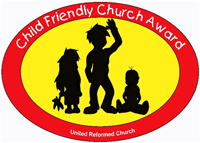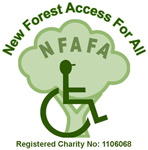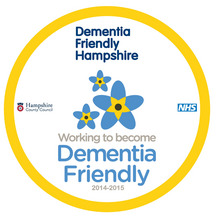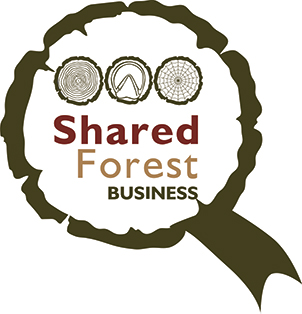The New Forest is famous for its free roaming ponies and other animals that are sometimes called the ‘architects’ of the Forest. It is because these animals are allowed to wander freely across the heaths and woods, through the bogs and streams and along the lanes that the New Forest looks the way it does. Their grazing and browsing keeps the grass short, so people can enjoy a picnic; and the lower branches of the trees trimmed, making the woods and stream margins more accessible to walkers.
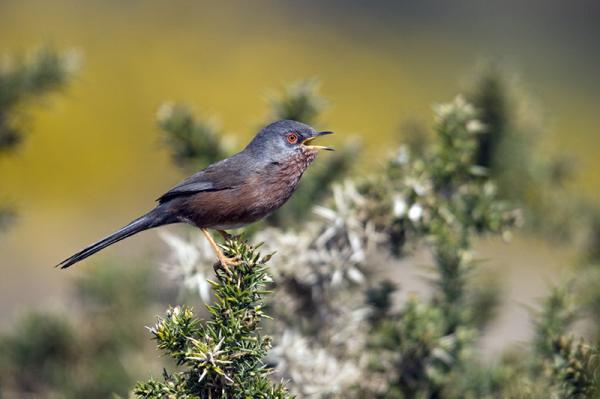
Dartford Warbler by Geoff Jones
But if you take the trouble, next time you are enjoying a rest on the ‘grass’, to look at what you are sitting on, you will find that very little of it is actually grass. The New Forest heath is made up of dozens of different plant species, some of them rare and all of them precious. There are sundews, orchids, purslane and pennyroyal, as well as camomile lawns on areas of poached ground and wild gladioli where the bracken grows. Many of the animals that frequent the heath and woods, such as the Dartford warbler, the southern damselfly and the silver studded blue butterfly owe their survival to the way in which the ponies and cows graze and browse, to their trampling of the earth and even to their dung left on the Forest. Largely as a result of the way in which these animals live, the New Forest has the highest concentration of designated wildlife sites of any of the English national parks.
While almost everyone who knows the New Forest is familiar with its animal inhabitants, it is surprising how few people know anything about the people who own them. Every single animal – pony, cow, donkey, sheep or pig – that lives in the New Forest is owned by a commoner who is responsible for its welfare. It is identified and recorded, has had a marking fee paid on it, and is a valuable part of the commoner’s way of life. Commoning has been around for many hundreds of years. It was formalised by William the Conqueror’s Forest Law shortly after the conquest, but its origins before that are unclear.
The culture and economy of commoning that underpins the management of the stock – including drifts, colt hunting and pony sales – is either completely invisible to visitors and those who live and work locally – or is seen as a quaint relic of the past. In fact, commoning is a living, changing agricultural system which relies on extensive grazing of heath and lawn, without which the delicate ecosystems of the New Forest would not exist.
That is why the Shared Forest Project is so important. Our central aim is to make the people who live in or visit the New Forest more aware of commoning and the important role that commoners and their animals play in its management. We are focusing on a number of core messages and using different media to raise public awareness about the issues that are most problematic for the commoners’ day-to-day management of the Forest and their animals.
So, we are asking people to:
- Drive with extra care on the unfenced roads. Because 86% of drivers involved in collisions with grazing animals come from the New Forest and surrounding areas, the Shared Forest Business Group has been set up to engage local employers in educating their staff and associates to be more aware of the special care needed when driving on the unfenced roads. The group, which was developed with the help of six major local employers, was launched at the 2017 New Forest Show and now has 27 members – both large and small.
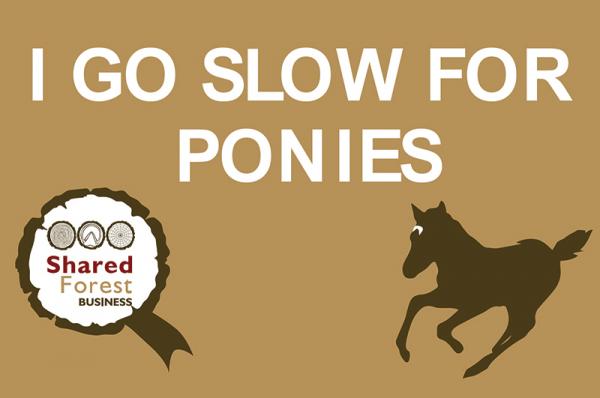
I Go Slow for Ponies
- Keep your distance from grazing animals. A minority of local residents and visitors to the New Forest are unaware of the problems that approaching grazing animals can cause – to the Forest, the animals and the public. Getting this message across is proving complicated because many people cannot see any harm in what they do, while others think that they have the right to approach, pet and feed the animals. This summer a major campaign is planned using carefully designed messages at key sites. We will be working with key organisations such as the national park authority and the Forestry Commission. A press launch and social media campaign is scheduled for the May bank holiday, with media updates over the summer.
- Keep your rubbish inside your gate on collection days. The project has engaged the support of the district council’s bin collection service to stop rubbish being left outside properties where the animals can access it. Together with the Verderers we have worked to design a flyer to encourage householders to leave their rubbish inside their gates on collection days. Unfortunately, there remain problems with the collection system employed by the council, which leads to piles of recycling bags sometimes being left out where the animals (particularly donkeys) can tear into them. Any members of the public who see piles of rubbish left out on collection days can contact the project through its website or Facebook page and messages will be passed on to NFDC.
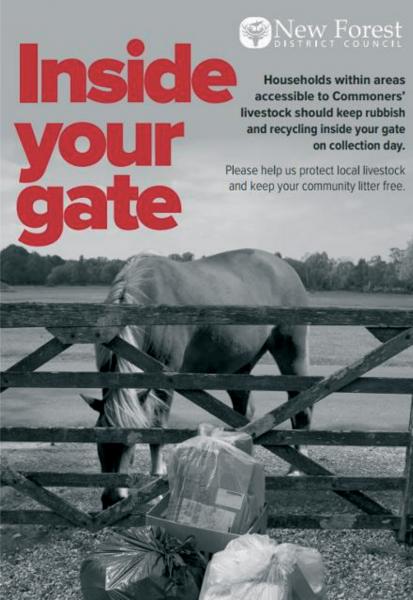
Inside your Gate
We are also spreading information about how commoning works and its contribution to the New Forest by:
- A wide range of other methods to inform the public about the importance of grazing animals and the commoning community to the New Forest. Frequently asked questions and information leaflets have been produced and distributed to hospitality providers and other outlets where the public can easily access them, and shared through our website, Facebook page, parish councils and local events.
- An educational toolkit and other learning resources have been designed for schools, colleges and any groups that want to increase awareness about the ways in which commoning has shaped and maintains the New Forest’s ecology and landscape. Employing innovative learning tools and real-life stories told in commoners’ authentic voices, learning materials for Key Stages 1 and 2 in schools and activity packs for groups such as scouts and pony clubs have been written and are being tested across the Forest. By using such dedicated New Forest material across educational situations, it is hoped to share a sense of wonder about the special place we all share and bring about a positive change in tone to the general conversation about commoning in the New Forest.
- As local interest in the aims of the Shared Forest becomes more widespread, it is clear that there is a large sector of the New Forest community who share our aim of improving public knowledge about commoning and our animals. As a result, we are now widening the remit of the Business Group to include anyone who cares for the New Forest. Under the hashtag #Icare2, we are planning a campaign based around the 2018 New Forest show to engage the public in spreading our messages and sharing our hashtags.
If you would like to find out more about the Shared Forest project or see any of our publications, please go to www.newforestcommoners.com or visit our Facebook page @SharedForest.
Jo Ivey
27th March 2018

The Shared Forest Project with the New Forest Commoners


